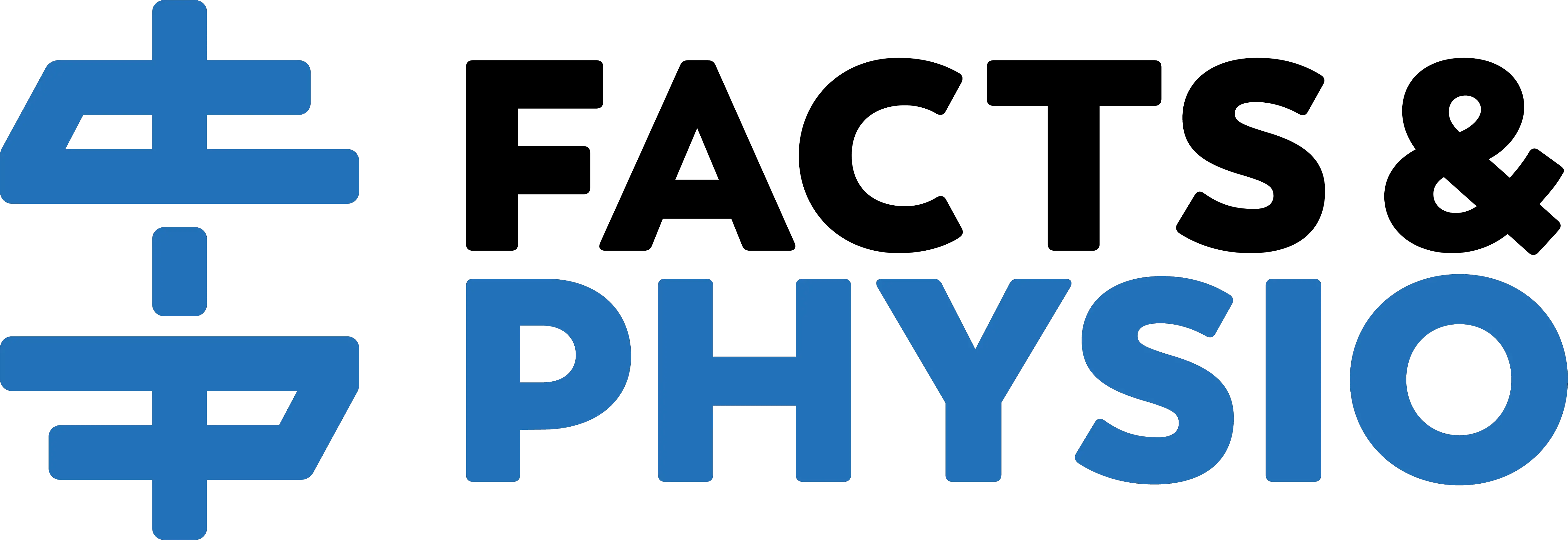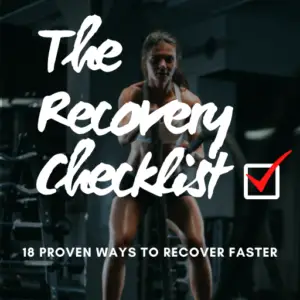Can I get dry needling for back pain? What about dry needling vs. acupuncture? Does dry needling hurt?
This article covers everything you need to know about dry needling. You’ll learn how dry needling works, what it feels like, and whether it’s worth your time and money.
What is Dry Needling?
Dry needling involves the insertion of needles into various parts of the body for therapeutic purposes. The term “dry needle” refers to the thin needles used for treatment–the needles don’t have medication on them.
In contrast, “wet needling” involves the injection of medication via the needle and isn’t performed by physical therapists.
Dry needling is a popular treatment option for muscle pain.
How Does Dry Needling Work?
Dry needling relieves pain in 3 ways:
1) The Placebo Effect
It’s the elephant in the room; the placebo effect plays a role in every type of treatment. Especially surgery! (1)

Dry needling is no exception. Patients who expect treatment to help tend to recover faster (2). This is true with exercise, joint manipulation and dry needling.
2) The Needle Effect
Sticking a needle into painful areas instantly relieves pain–that’s what Dr. Karel Lewit learned in 1979. He stuck needles into his patients’ sorest spots, and 87% felt immediate pain relief (3). (I’m glad the study worked out, but I would not have volunteered as a test subject!)
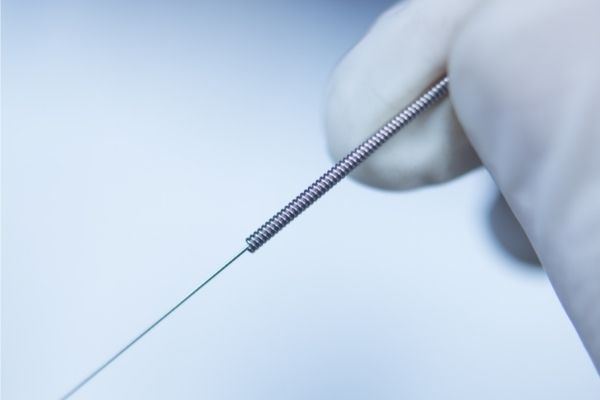
Pain relief after needling therapy is well documented. Needling analgesia is due to effects on the peripheral and central nervous system (4). It’s a major reason needling therapies (dry needling, acupuncture) alleviate pain.
3) Trigger Point Treatment
Myofascial trigger points are palpable, tender bands in the muscle. Colloquially, they’re known as “knots” or “tight spots.” They elevate the sensitivity of an area and send pain to other locations (4).
For example, trigger points in the biceps femoris hamstring muscle can refer pain to the of the knee.
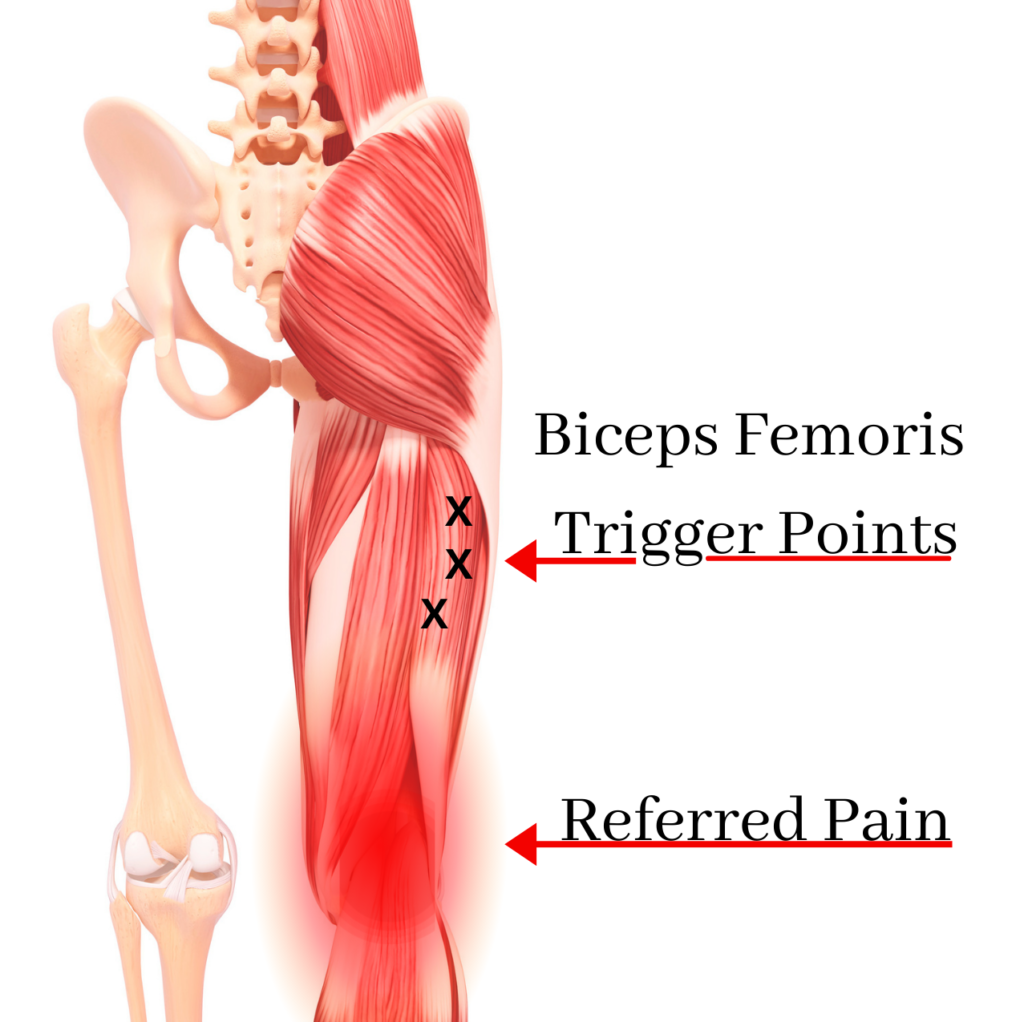
Trigger point dry needling reduces the pain and sensitivity produced by these “knots” in the muscles.
Some dry needling techniques don’t address trigger points; instead they keep the needle superficial, near the surface of the skin. But superficial dry needling is less effective than trigger point dry needling (5).
My Background
I’m certified in trigger point dry needling. I trained with Myopain Seminars and appreciated their scientific, safety-first approach. I’m admittedly biased towards trigger point dry needling because it’s supported by science and I’ve used it to help my patients for years.
Does Dry Needling Hurt?
It depends. Superficial dry needling (the less effective technique) doesn’t hurt much. Trigger point dry needling, the more powerful technique, is moderately uncomfortable. On the pain scale, it’s halfway between a scalp massage and childbirth.
There’s truth to the “no pain, no gain” mantra with trigger point dry needling. To an extent, more soreness and discomfort during treatment translates to better results afterwards.
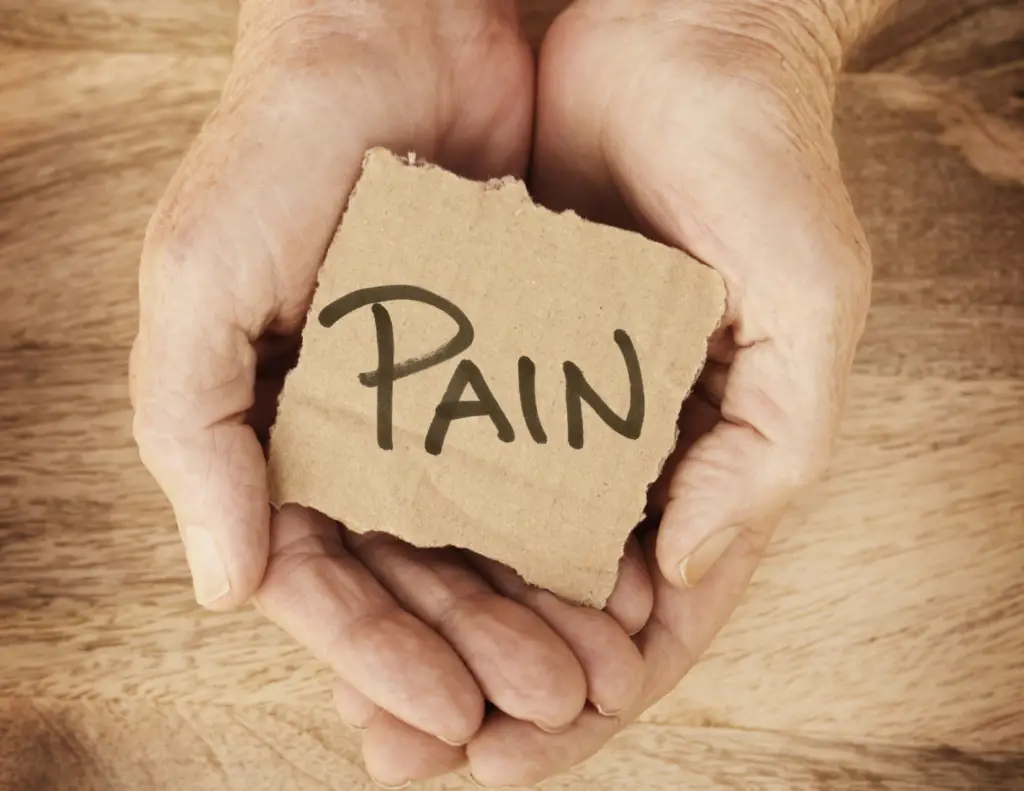
Pain-tolerant patients can hold a normal conversation when being dry needled. Most people find their happy place and focus on their breathing to push through the discomfort.
Anecdotally, moms and athletes tolerate dry needling well. Middle-aged men are more apt to squirm and curse.
If you get dry needled, expect to feel 4 things:
- Nothing–The needles are very thin (0.3mm) and patients rarely feel the needle insertion into the skin
- Twitching–When the needle hits a trigger point, a local twitch response is elicited (4). It’s an unconscious muscle spasm, like when your eyelid won’t stop twitching. Twitches can be uncomfortable, but the more twitches are elicited, the more pain relief occurs.
- Referred Pain–Irritable trigger points refer pain to other locations. Dry needling the most involved trigger points recreates referred pain. If pain refers to your main area of discomfort, it’s an excellent indicator the dry needling will relieve your pain.
- Soreness–After a successful dry needling session, soreness is inevitable. It lasts a day or two and feels like the discomfort you feel after a hard leg-day workout.
I took several instructional courses in dry needling after finishing my doctorate and learned how to safely dry needle specific muscles. By the time I finished my certification, I knew how to treat virtually every skeletal muscle in the body.
The other physical therapists in the program practiced dry needling me, and I practiced on them. Getting dozens of tiny holes poked in my skin wasn’t a fun experience. But I managed to grin and bear it.
I’m not particularly pain-tolerant, so you’ll probably do okay with dry needling, too!
Dry Needling for Back Pain
Dry needling is more effective than placebo treatment for low back pain (5,6,7)
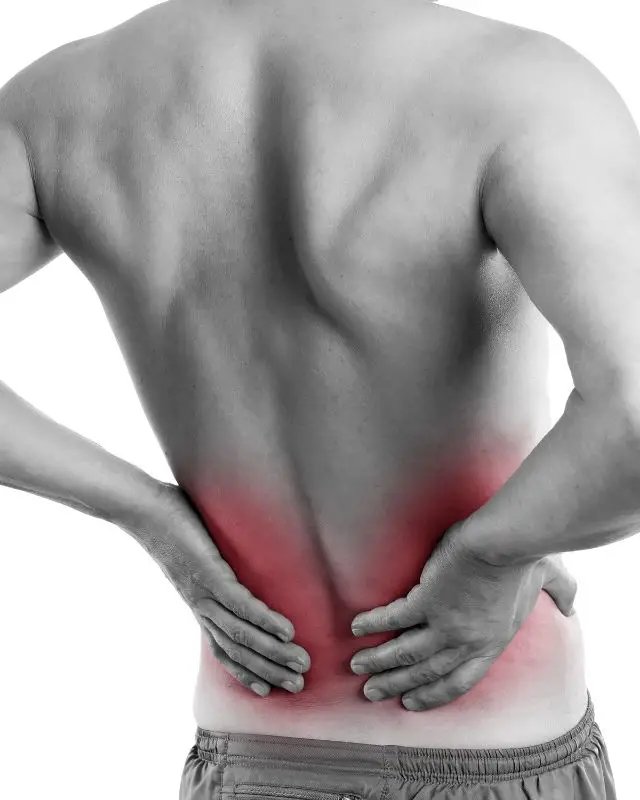
Dry needling reduces muscle tension, increases range of motion and eases an irritable low back.
Like most passive treatments, dry needling is most potent when combined with exercise. Treating low back pain with passive treatments only is one of the 5 low back pain mistakes that hinder recovery.
Dry needling resolved my back pain several times. In my experience, dry needling the quadratus lumborum and the lumbar multifidus muscles often produces fast results. Treating the gluteus medius (a lateral hip muscle) also provides quick relief for back and hip pain.
Dry Needling for Sciatica
Research supports dry needling for sciatica, along with other physical therapy interventions (8).
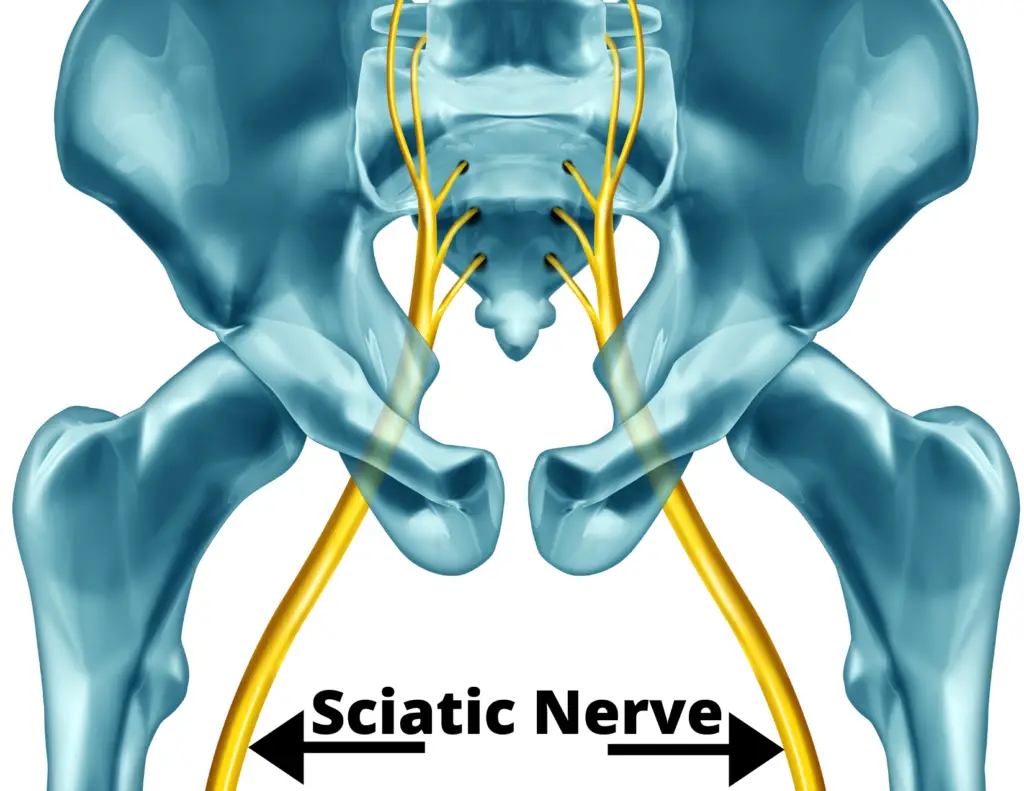
Dry needling alleviates piriformis tightness (which contributes to sciatica) and treats tight hamstring muscles that develop in response to sciatic nerve irritation.
This article outlines 7 proven strategies for sciatica pain relief.
Dry Needling for Neck Pain
Stress and posture play a major role in neck pain. Trigger points in the neck musculature can cause pain, stiffness and headaches. Dry needling the neck muscles is proven to reduce neck pain in the short and medium term (9).
Dry needling is also an effective and powerful treatment for chronic tension headaches (10).
Dry Needling for Shoulder Pain
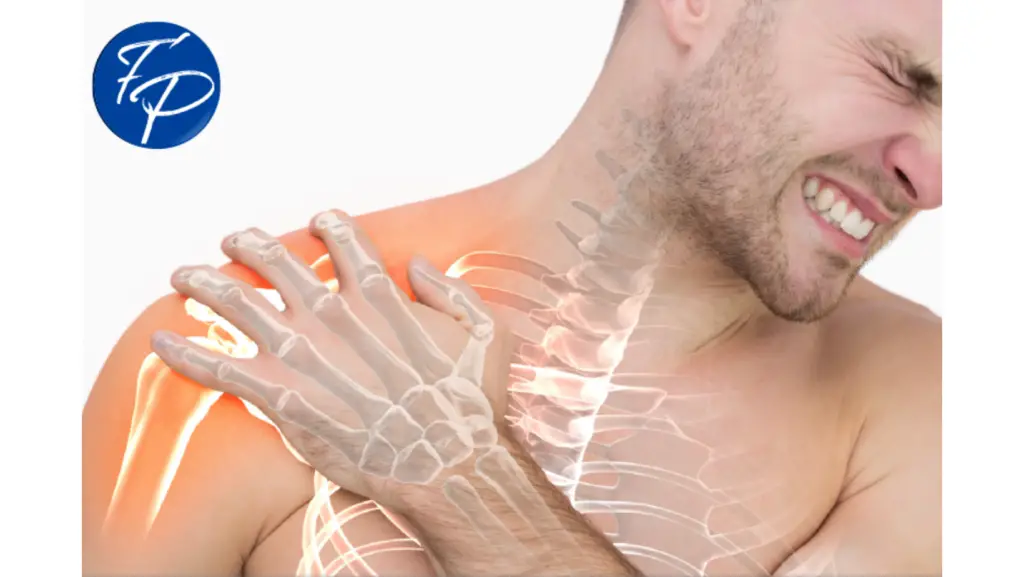
Dry needling is proven to reduce shoulder pain (9). I’ve found that dry needling the infraspinatus is particularly beneficial–this rotator cuff muscle refers pain to the front of the shoulder (and sometimes causes pain down the arm).
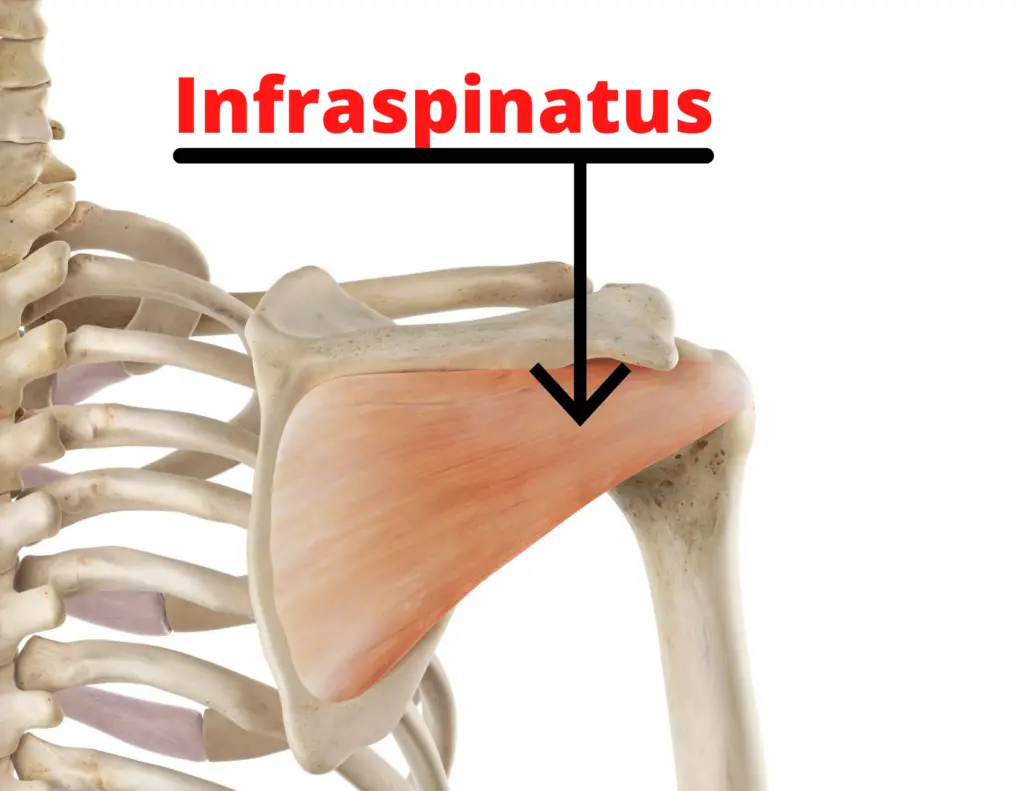
Plus, treating trigger points in the infraspinatus improves shoulder mechanics with overhead reaching (11).
If you’re dealing with shoulder pain, check out these shoulder impingement exercises.
Dry Needling for Hip Pain
Dry needling is effective for lateral hip pain. It works as well as steroid injections (12), without the possible side effects of cortisone shots.
Dry needling should be combined with the appropriate hip strength and mobility exercises for maximum effectiveness.
Dry Needling for Knee Pain
Some types of knee pain respond well to dry needling. Dry needling is a powerful treatment for muscle pain around the knee–in the calf, quadriceps and hamstring muscles.
It’s also supported for patellofemoral pain syndrome (PFPS) but it’s less effective for knee arthritis (13).
Suffering from knee pain? Learn pain relief strategies here
Dry Needling for Plantar Fasciitis
Dry needling is a powerful treatment tool for plantar fasciitis.

Active trigger points in the gastrocnemius and soleus muscles refer pain to the heel, causing heel pain. The medial head of the gastrocs is a common culprit, shown here:
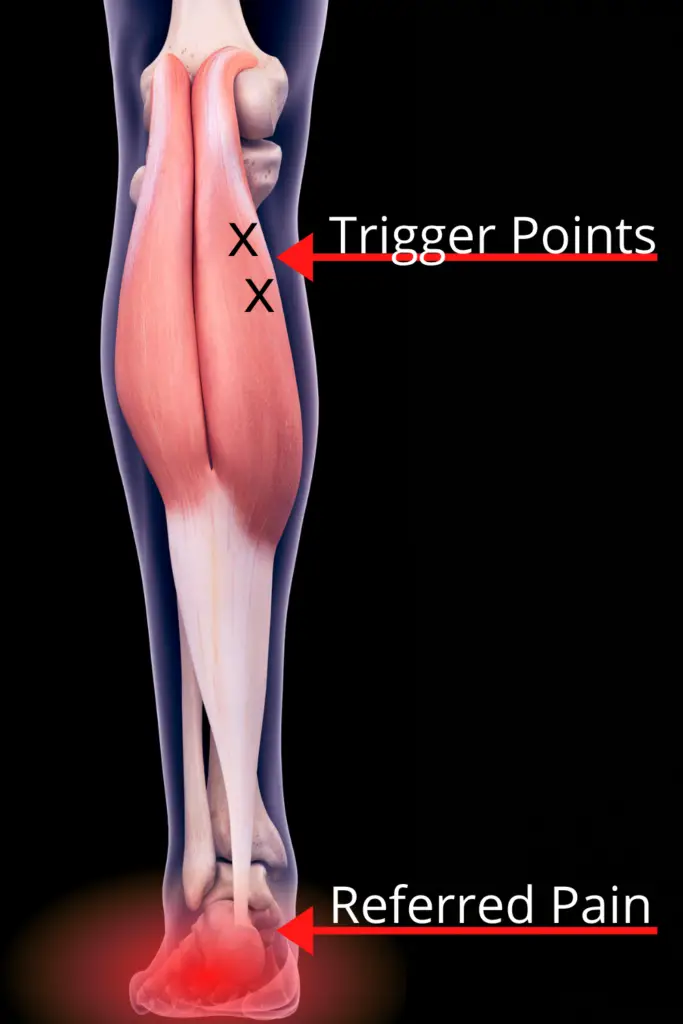
To treat plantar fasciitis, dry needling works best in conjunction with exercises like stretching and strengthening the calf muscles. Footwear also plays a crucial role in plantar fasciitis.
If you have heel pain, check out The Ultimate Guide to Plantar Fasciitis
Dry Needling Side Effects
Like any treatment, dry needling has side effects. The good news is that dry needling is safer than taking common pain relievers like ibuprofen and acetaminophen (14,15)

Studies show a very low rate of serious side effects from dry needling (16,17). The most common side effects are muscle soreness, fatigue, bruising and mild bleeding.
In my experience, muscle soreness is the most important side effect you should expect after dry needling. It’s normal to feel sore–the “it’s my first workout in 2 months” feeling. It lasts about 24 to 48 hours. On the bright side, more soreness usually translates to more benefit from the dry needling session.
Rare, serious side effects have resulted from dry needling and acupuncture–like punctured lungs and nerve damage–so it’s important to find a well-trained clinician you trust. Fortunately, serious adverse events are extremely rare, occurring in less than 0.1% of cases (17).
In summary, dry needling is quite safe, but don’t try it at home!
Dry Needling vs. Acupuncture
Dry needling is not the same as acupuncture.
At first glance, they seem similar. Both treatments use acupuncture needles. Both treatments place sterile needles in specific spots on the body. Both treatments can help chronic pain.
But there are more differences than similarities.
Acupuncture treatments last 20 minutes or more, while an effective dry needling treatment can take under a minute. Dry needling targets sore, tight muscle tissue based on palpation findings. In contrast, acupuncturists use meridians and acupuncture points to decide where to insert needles.
Trigger point dry needling involves needle insertion into the muscle. Often, acupuncture in performed by placing many needles superficially in the skin.
Dry needling treats musculoskeletal pain only. Acupuncture is used to treat digestive problems and menstrual cramps, among other medical issues.
Philosophically, acupuncture and dry needling are polar opposites. Acupuncture is based in traditional Chinese medicine. It has been practiced for thousands of years.
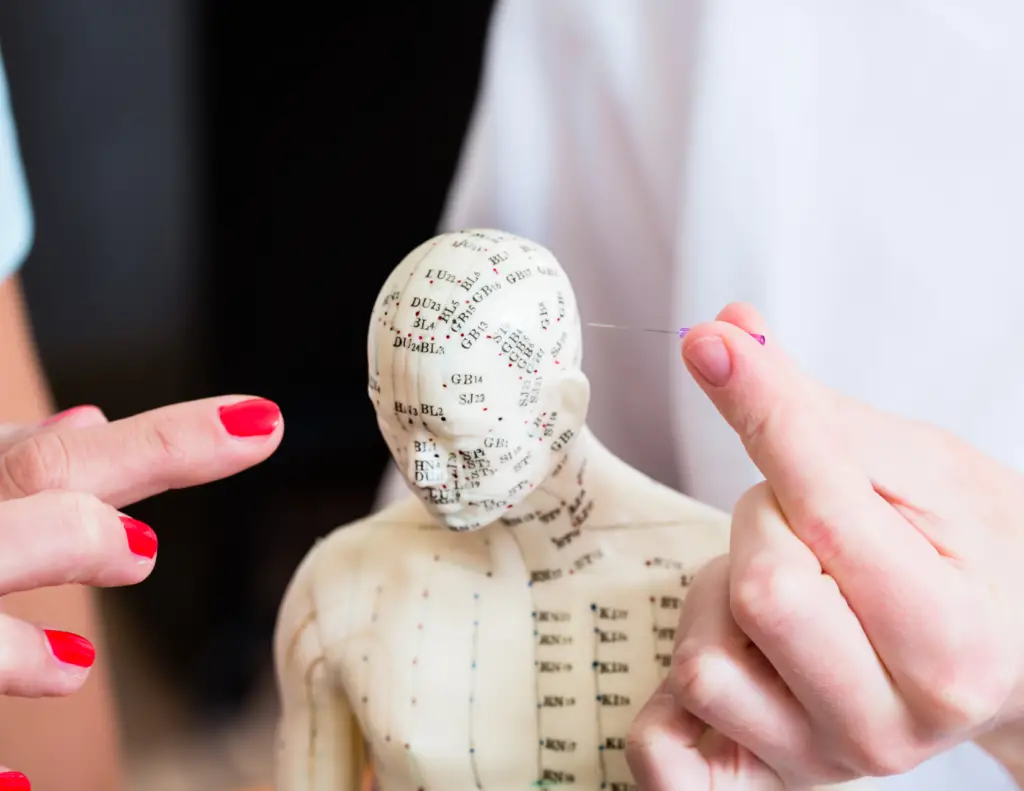
The practice of acupuncture is based on the flow of qi, acupuncture points and meridian lines. Acupuncture is an alternative treatment founded on an Eastern understanding of medicine.
Trigger point dry needling is a newer practice less than 50 years old. It is based on a Western approach to medicine. Anatomy, physiology, pain science and biomechanics inform dry needling practice.
Healthcare professionals like physicians, nurse practitioners and physical therapists use dry needling to ease myofascial pain and relieve tight areas in the muscle. Dry needling is an accepted form of medical treatment.
Is Dry Needling Covered by Insurance?
Not right now.
In the United States, dry needling isn’t covered by insurance companies because it’s considered “investigational.” Because dry needling is a newer treatment, there have been few high-quality studies examining its effectiveness and safety (until recently). Many studies supporting dry needling have been published since 2019.

Read about recent dry needling studies here
As dry needling gains scientific support, insurers may start covering this effective treatment.
How Much Does Dry Needling Cost?
Dry needling costs $30 to $85, varying by location and clinic. It’s performed on a cash-pay basis because it’s not covered by insurance. Often, you can use your Health Savings Account (HSA) or Flexible Spending Account (FSA) to pay for dry needling.
Do Electrified Needles Work Better?
Some dry needling clinicians use intramuscular electrical stimulation. After a needle is inserted into the muscle, an electrical current is transmitted through the needle to the muscle, causing the muscle to twitch. It’s similar to electrical stimulation (E-stim) treatment.
For neck pain, dry needling with and without electrical stimulation is effective (18). Research shows the benefits are similar.
Personally, I don’t use this technique because it’s no better than standard dry needling. Plus, it requires extra equipment and patients are understandably hesitant to have their muscles zapped by electrified needles.
Who Benefits from Dry Needling?
Dry needling works better for certain aches and pains than it does for others.
It’s especially effective for:
- Overuse injuries
- Athletes
- Runners
- Active adults
- Sports injuries
- Muscle knots
- Sore spots that ease with massage (but never quite go away)
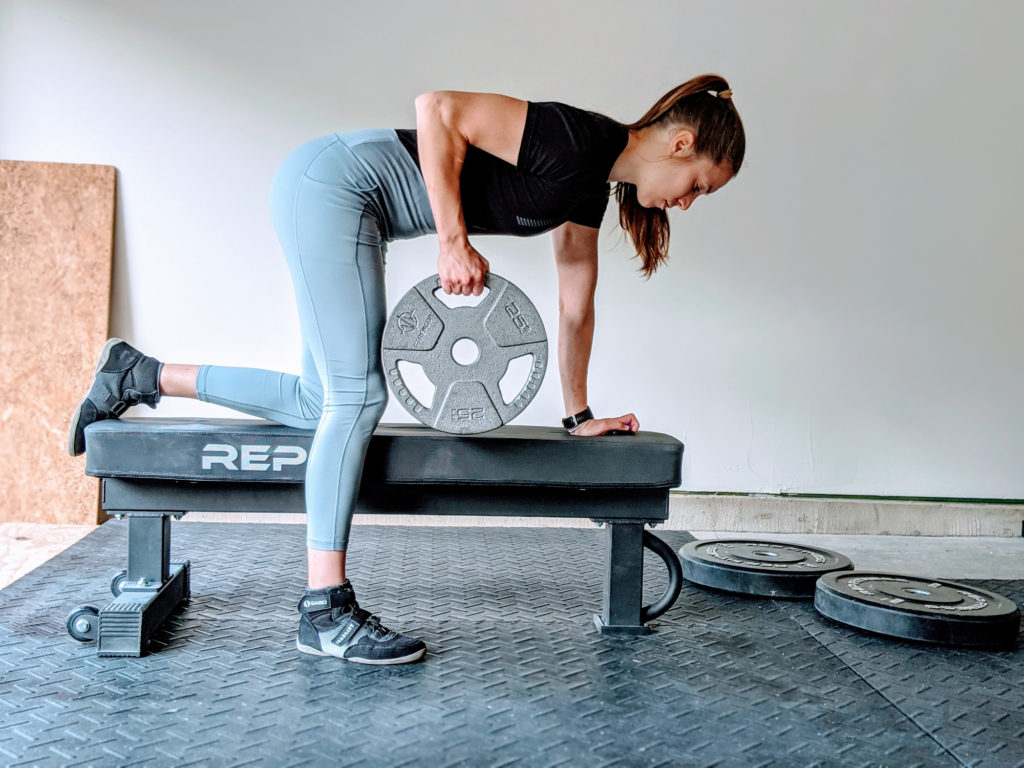
Dry needling is most effective combined with other PT treatments, like specific strength and mobility exercises.
Who Should Avoid Dry Needling?
Dry needling isn’t for everyone.
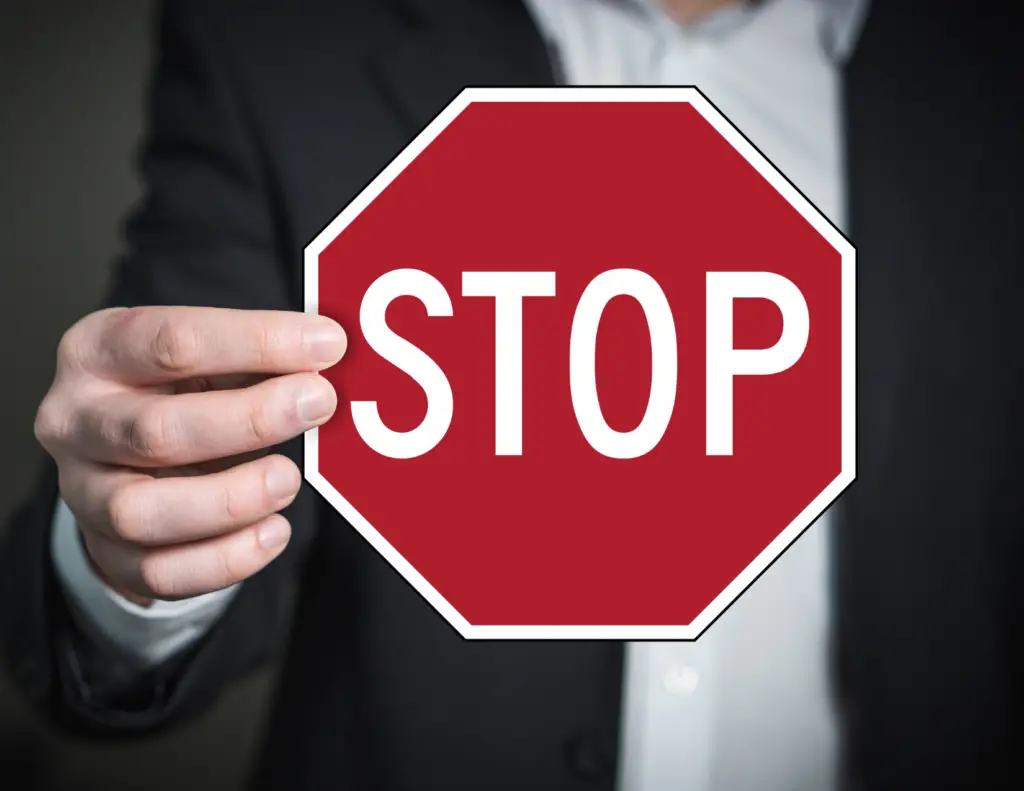
Dry needling isn’t recommended: (19)
- For people with severe needle phobia (fun fact, this is called trypanophobia)
- During a systemic infection
- Around breast or buttocks implants (to prevent Deflategate 2.0)
- Around a joint replacement
- In areas with poor sensation (e.g nerve damage, numbness)
- Near a tumor
- In or around the eyes (for obvious reasons)
- For patients who take blood thinners or whose blood doesn’t clot well
- For people with nickel allergies (the material needles are made of)
Talk to your physician or PT to see if dry needling is right for you.
Is Dry Needling Illegal?
Physical therapists aren’t permitted to dry needle in 6 states: New York, New Jersey, California, Hawaii, Oregon, and Washington (20).
It’s a scope of practice issue–acupuncturists contend that dry needling is the same as acupuncture and PTs should not be allowed to perform it. (Refer back to the Dry Needling vs. Acupuncture section to understand similarities and differences between these treatments.)
Dry needling by physical therapists is explicitly permitted in 36 states, and the law does not address PTs dry needling in the remaining 8 states–Connecticut, Massachusetts, Michigan, Missouri, Minnesota, Oklahoma, Wisconsin and Pennsylvania.
What are Alternatives to Dry Needling?
Not ready to get stuck with dry needles? Massage, manual therapy, and manipulation alleviate muscle pain and tightness. Or, grab a firm massage ball and hold sustained pressure on the trigger points in your muscles.
Try this technique to reduce upper back pain and tension–place the ball on a tight area and gently lean into the wall. Increase your force until you feel mild to moderate soreness. More force isn’t always better–it should “hurt so good” but feel productive, not irritating.
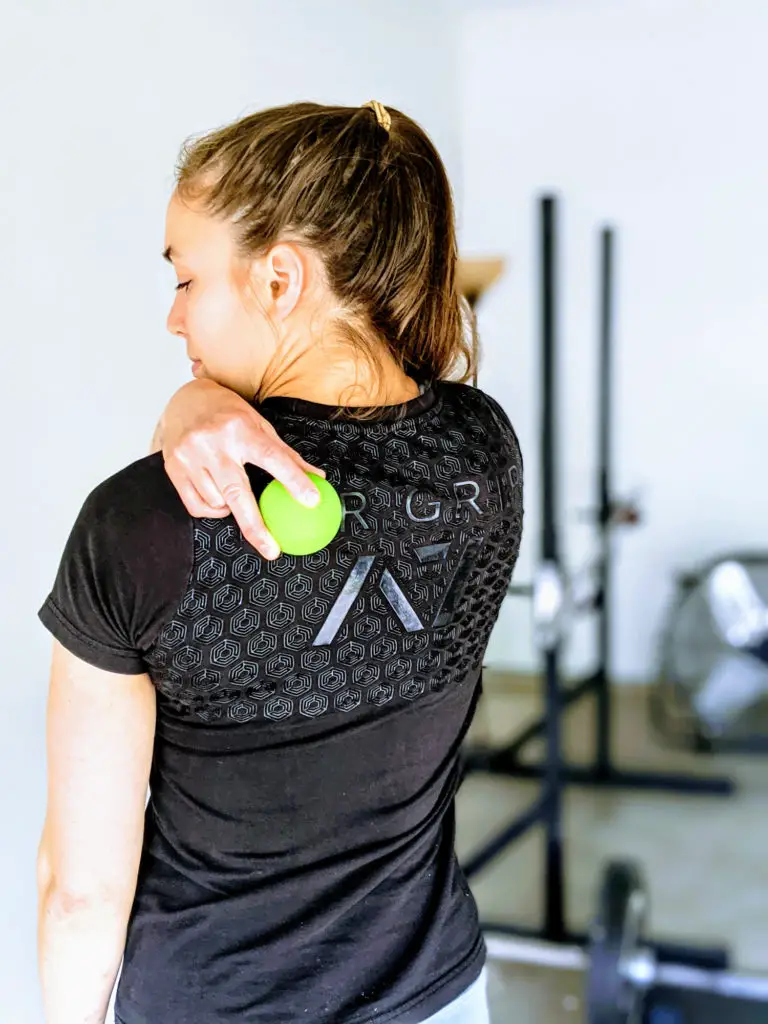
Percussion therapy is another needle-free treatment to relieve muscle tightness. It’s a hot trend in fitness right now. And for good reason! Massage guns work great for muscle pain and trigger points.
I use percussion therapy in the PT clinic to alleviate patients’ muscle pain and tightness. It’s my patients’ favorite treatment.

There are many percussion therapy tools you can use. Here are 3 great options:
Theragun PRO
This is a top-of-the-line massage gun. It comes with 6 different attachments and a rotating arm for easy ergonomics. It feels amazing on sore, tight muscles. Plus, it’s a quiet model with preloaded routines.
It’s easy on the body, less so on the wallet. Check the price here.
Hypervolt Plus
I use the Hypervolt in the PT clinic. My patients love it. It has 3 speeds and 5 attachments. The battery last up to 3 hours between charges.
At half the price of the Theragun Pro, it’s a sturdy, high-value option. See it on Amazon here.
Renpho Massage Gun
This one is a budget-friendly option for giving your muscles some TLC. Plus, it’s rated 4.5 on Amazon (over 37,000 reviews) and comes with 5 attachments.
If you’re hesitant about dry needling, a massage gun may be your best option for pain relief.
Summary
Dry needling is a modern treatment physical therapists use to treat muscular impairments and promote recovery. Emerging research supports the use of dry needling for back pain, neck pain, headaches, shoulder pain, hip pain, knee pain and plantar fasciitis.
It’s a safe treatment when performed by a skilled professional. Common side effects include soreness and fatigue. Dry needling isn’t a panacea and it’s most potent when combined with an individualized treatment plan.
Dry needling is a powerful tool in the hands of a competent clinician. It relieves pain fast. I have a handful of patients who come to physical therapy exclusively for dry needling!
Talk with your local physical therapist if you’re interested in dry needling, or find a certified dry needling expert near you.
To learn more about this treatment, check out this dry needling guide from a leading PT research journal.
Readers: Have you ever tried dry needling? How was your experience? Share your experience in the comments.
For more evidence-based pain relief insights, join the free Facts & Physio Newsletter. Plus, get The Recovery Checklist when you sign up.
References
- https://www.bmj.com
- https://www.ncbi.nlm.nih.gov
- https://www.sciencedirect.com
- https://www.ncbi.nlm.nih.gov
- https://www.ncbi.nlm.nih.gov
- https://www.sciencedirect.com
- https://www.ncbi.nlm.nih.gov
- https://www.ncbi.nlm.nih.gov
- https://pubmed.ncbi.nlm.nih.gov
- https://pubmed.ncbi.nlm.nih.gov
- https://www.sciencedirect.com
- https://www.jospt.org
- https://www.ncbi.nlm.nih.gov
- https://www.ncbi.nlm.nih.gov
- https://pubmed.ncbi.nlm.nih.gov
- https://www.ncbi.nlm.nih.gov
- https://www.ncbi.nlm.nih.gov
- https://www.tandfonline.com
- https://www.dryneedling.ch
- https://www.apta.org
